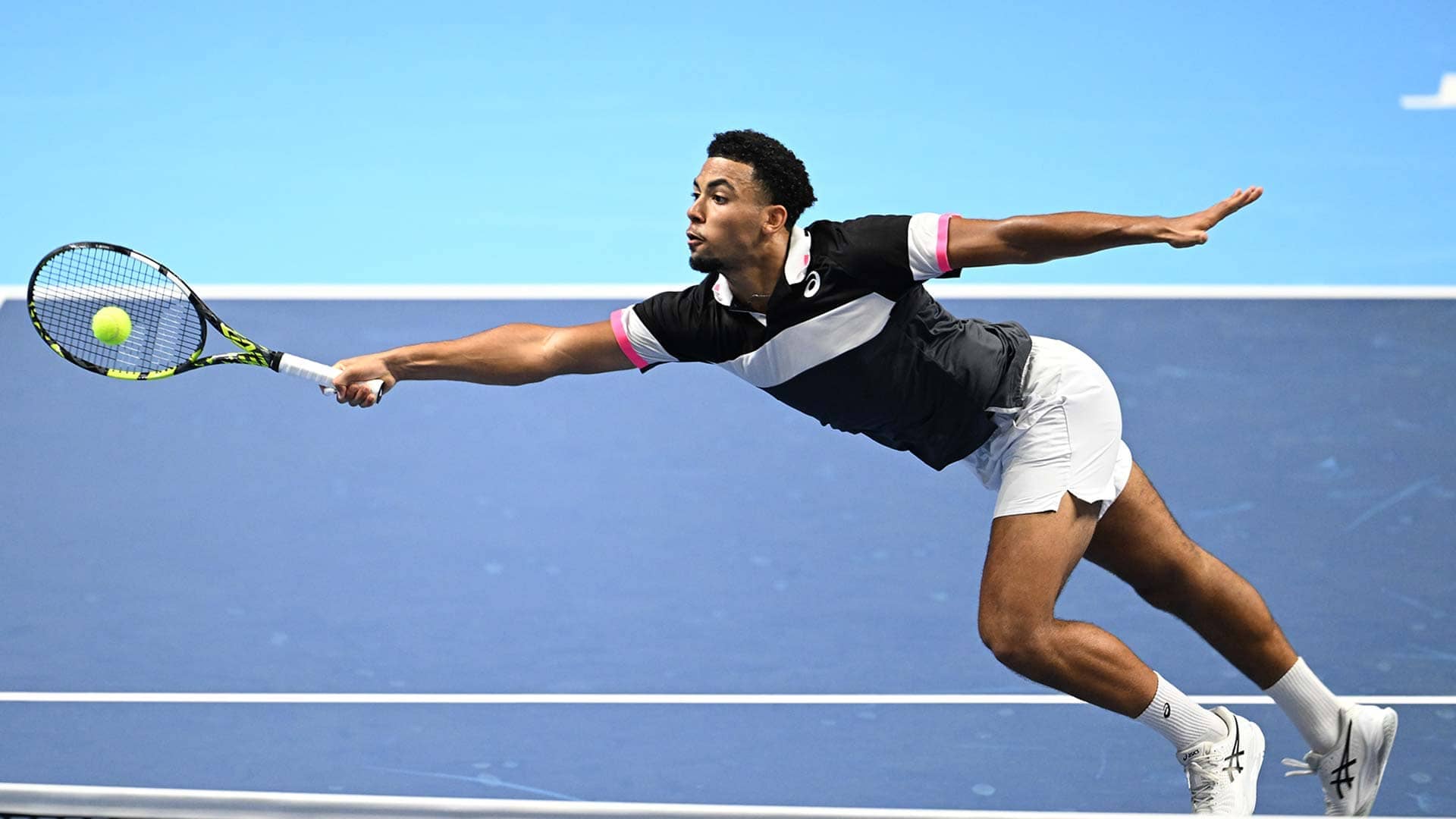

Total distance is the foundational tracking metric for athletic performance defined by the overall quantity of work an athlete must undertake in order to excel at the highest levels of their sport.
Accumulating distance over the course of a match drains a competitor’s overall level of energy by fatiguing muscles and stressing the cardiovascular system. Within a tournament, total distance covered becomes most significant not on one specific day, but as a cumulative measure. For world-class athletes, handling high-distance loads in one match is not the primary challenge; rather, it’s the ability to sustain repeated exposure to high-distance matches in a condensed, one-week span and still produce peak performance.
Cumulative distance covered leading into semi-finals can be vastly different for two opponents. A disparity in the amount of distance covered in the previous rounds could result in an advantage for the fresher player. In 2021, Carlos Alcaraz came into the final having run close to 18 per cent less distance than Sebastian Korda. The following year the tables were turned for Brandon Nakashima. Nakashima came into the finals having run 19 per cent more distance in his first four matches than his opponent Jiri Lehecka.
In 2021, Lorenzo Musetti covered a distance of 2.48 km against Hugo Gaston, the most distance of any player in any match during the 21-and-under event in 2021. Gaston ran 2.28 km in the same match, the second-most distance of any match that year.
Total distance is the primary metric that measures the overall volume of work by aggregating how much ground an athlete has covered. Mechanical workload is the secondary volume metric that aggregates the total amount of weighted accelerations and decelerations the athlete has performed. Using optical tracking systems, every instant of acceleration and deceleration performed by a player is categorised into one of three zones: low, medium or high.
Accel/Decel Low: Gradual speed change that does not have an acute demand on the legs but can result in accumulated fatigue over time.
Accel/Decel Medium: Moderate speed change that requires effort and has an immediate impact on the legs.
Accel/Decel High: Demanding speed change that requires elite movement capabilities and must be trained for.
Distance reflects your level of speed; workload reflects the levels at which you change speed.
Distance to Workload Ratio in professional sports
· Women’s Tennis: 2.12 meters for 1 unit of workload
· Men’s Tennis: 2.33 meters for 1 unit of workload
· NBA: 3.15 meters for 1 unit of workload
· NFL Running Back: 3.51 meters for 1 unit of workload
· Professional Soccer: 4.40 meters for 1 unit of workload
· NHL: 6.01 meters for 1 unit of workload
One essential measure of the intensity of an athletic performance is the amount of distance covered at high sustained speeds. High-speed distance is recorded when players reach the top 3 per cent of speeds observed in professional tennis. Repeated instances of these movements will lead to elevated heart rates, challenging an athlete to execute under strenuous conditions and recover quickly to play the next point.
Throughout a match, players must battle the cumulative effect of continually pushing towards their highest speeds.
Maximum Speeds in Professional Sports
· Men’s Tennis: 23.58 km/h
· NBA: 23.83 km/h
· Running Back in the NFL: 29.66 km/h
· Professional Soccer: 30.16 km/h
· Usain Bolt in the 100m sprint: 43.98 km/h
Because tennis is played in a confined space, athletes in court-based sports such as tennis and basketball do not have the space to reach the maximum speeds that athletes in field-based sports, such as football and soccer, can achieve. As a result, tennis players are not typically required to hit the maximum speeds that they are physically capable of.
To be equipped to handle these repeated high speeds, athletes must be intentional about how they train for these events. They can start by performing a series of linear sprints at the top end of their speed threshold with limited recovery to overload the anaerobic system.
The most iconic sequence in tennis is a player stopping on a dime and changing direction to execute a winning shot while running at top speed. An explosive movement is recorded every time an athlete performs a highly-demanding acceleration or deceleration. While tennis players rarely reach their maximum capacity for speed due to confined court space, the instantaneous reactions and changes of direction that play such a to tennis requires them to accelerate and decelerate at full force, pushing the boundaries of their physical capabilities. As a result, if not adequately prepared for, these efforts of elite athleticism could result in a high risk of injury.
Explosive movement requires substantial strength and power from the lower body and core. These functionalities are built up in training through the application of dynamic movements such as plyometrics and on-court change-of-direction drills. Being mindful of implementing high-intensity movements into your weekly training programs to replicate the specific demands of an athlete’s sport is essential to their long-term health and well-being.
While training for the correct number of explosive movements is important, it’s also crucial to prepare for the different styles of acceleration and deceleration that an athlete’s sport might require. In tennis, players produce explosive movements when decelerating laterally, diagonally, or forward when defending or counter-attacking off the ground.
Lorenzo Musetti made a 2021 tournament-record 694 explosive movements against Hugo Gaston. The Frenchman made 532 explosive movements in the same match, the second highest at the 2021 event.